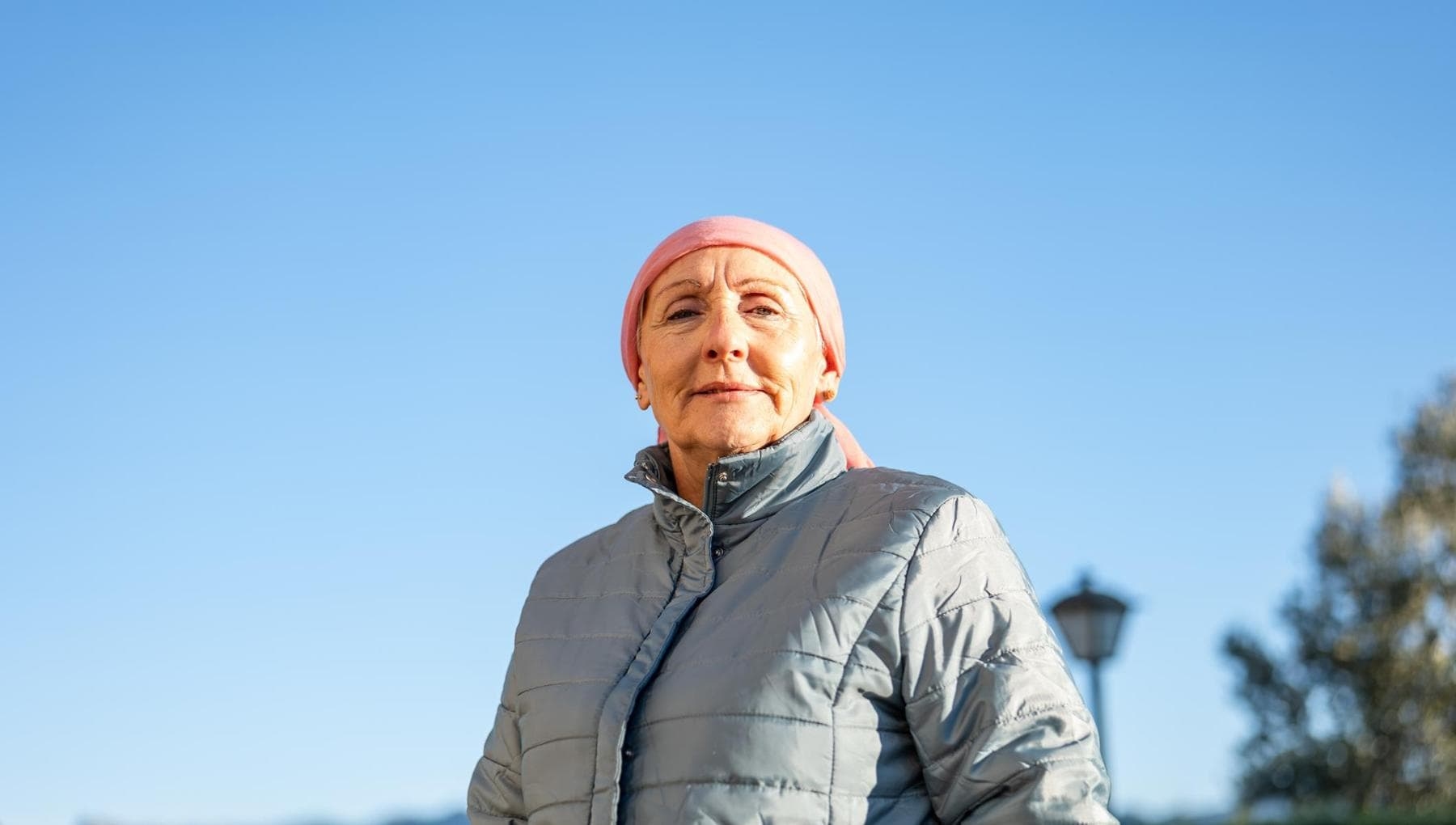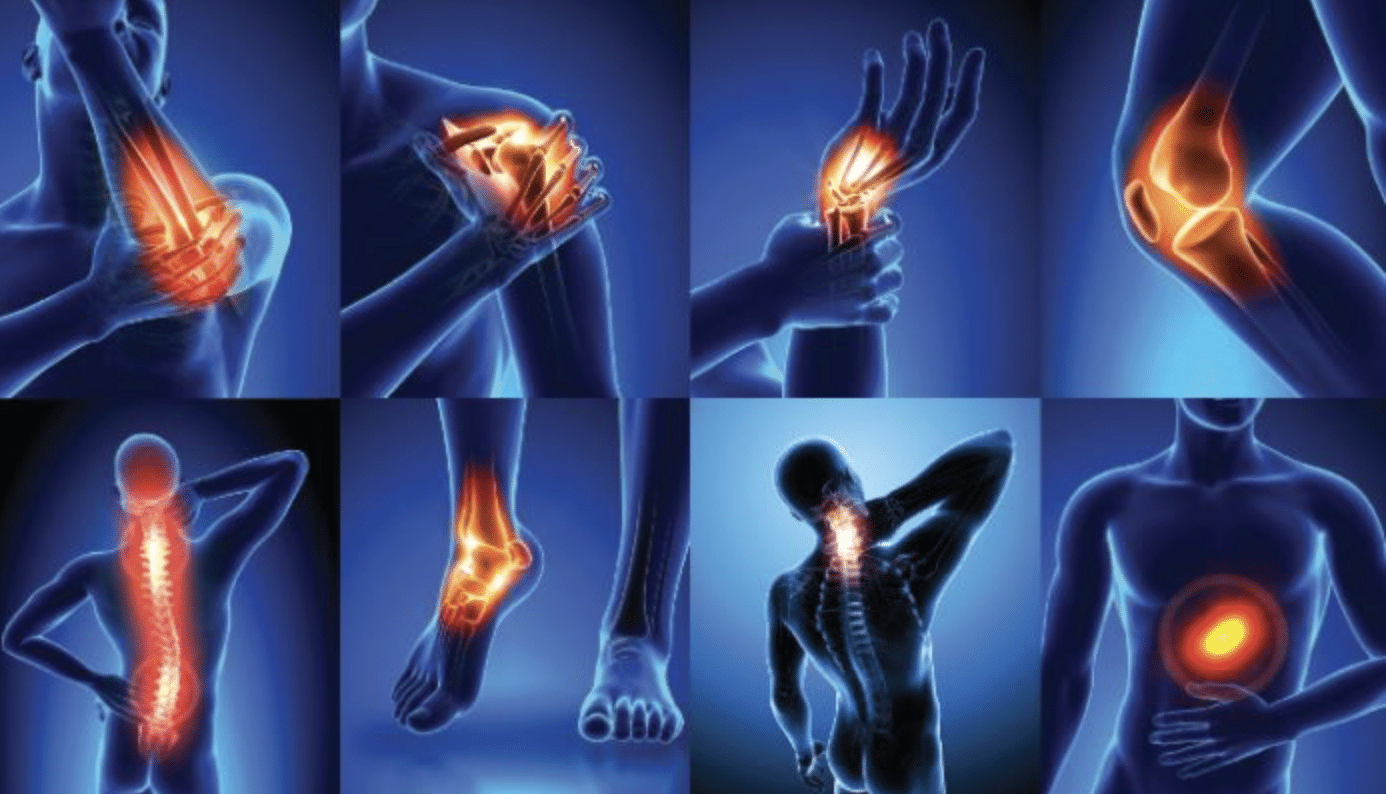Chronic kidney disease affects 4 million people in Italy: the importance of ensuring everyone has an adequate diet.

It is time to promote equal and uniform access, throughout the country, to low-protein dietary-nutritional therapy (DNT), recognizing its fundamental role in the prevention and conservative treatment of chronic kidney disease (CKD).
MRC refers to a condition characterized by a progressive and permanent impairment of kidney function. It can be caused by primary kidney disease or other systemic diseases that also compromise kidney function. MRC represents an independent cardiovascular (CV) risk factor and is frequently associated with other CV risk factors that can, in turn, contribute to the onset of the disease. In the end-stage stage, the only possible treatments are dialysis or kidney transplantation.
In Italy, CKD affects approximately 7% of the adult population, or more than 4 million people, with a slight prevalence in men over women. Because of the disease, approximately 8,000 patients begin renal replacement therapy (dialysis or transplant) each year, while approximately 19,400 follow a low-protein diet. This is considered a therapy in its own right, often supplemented by pharmacological treatment, which delays the need for dialysis, reduces the symptoms of renal failure, and maintains adequate nutritional status. Specifically, dietary-nutritional therapy (DNT) is primarily based on protein reduction, but also includes adequate calorie intake, controlled sodium and potassium intake, and limited phosphorus intake. It also encourages the consumption of plant-based foods to ensure better control of phosphorus metabolism and acid-base balance.
However, despite the high clinical value of DNT being now well established, access to this treatment is still not equally guaranteed across the country, due to the different distribution and reimbursement models applied by individual Regions, and in particular:
• logistical difficulties in supplying protein-free products, which in some regions are available at distribution centres and hospital facilities, and in other regions in pharmacies – other than community pharmacies – which are sometimes difficult to reach, especially for the most vulnerable;
ilsole24ore





